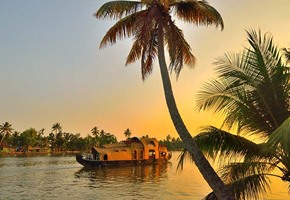
Review of the Year 2024
20/12/2024 · By Dave Riley, CEO
From all of us at Great Rail Journeys, we wish you a wonderful festive period. Take a look back at 2024 and get a glimpse at our new holidays for 2025.
Read moreAlaska is the largest state in the USA, with historic towns, stunning national parks and amazing wildlife. On a holiday to this vast state, you can encounter impressive natural attractions by exploring the Glacier Bay National Park and cruising the Inside Passage.
Alaska's towns and cities offer a glimpse into their history with experiences that include visiting the former Gold Rush town of Skagway, exploring the Misty Fjord National Monument from Ketchikan or venturing into the wilderness from Juneau, the Alaskan state capital.
Beyond its remarkable scenery and fascinating towns, Alaska's wildlife is another draw for travellers. On land, keep an eye out for bears and moose while in the surrounding waters, whales, orcas and puffins can often be spotted.
Explore our range of holidays to Alaska to find your ideal itinerary.
Find out more with a free brochure and enjoy weekly travel inspiration and offers in our e-newsletter.
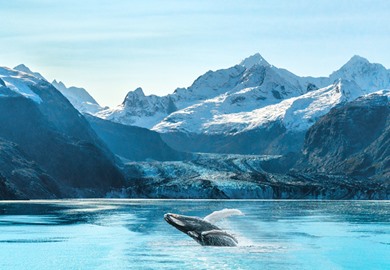

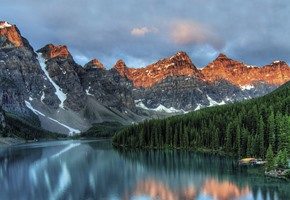
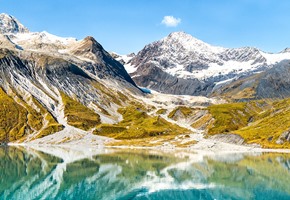
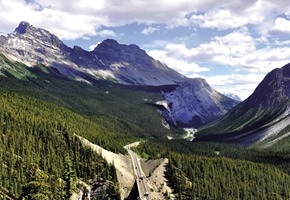
 (54 reviews)
(54 reviews)A spectacular discovery of natural wonders awaits on this exploration by land and sea. From the mountain town of Banff in the Canadian Rockies, we marvel at the spellbinding beauty of Lake Louise before boarding the iconic Rocky Mountaineer. This fantastic rail journey transports us to Vancouver, where we set sail on an unforgettable ...
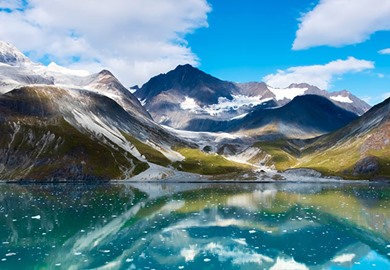
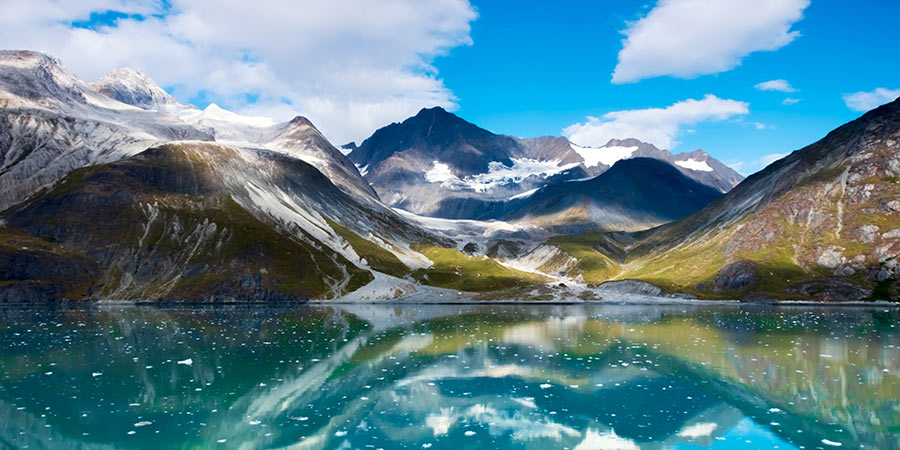
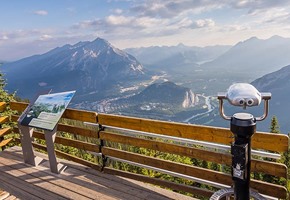
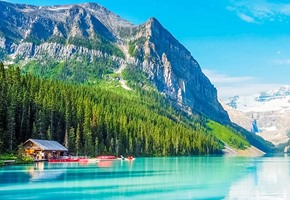
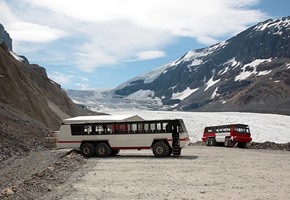
On this once-in-a-lifetime tour you'll begin by exploring the alpine resort towns of Banff, Lake Louise, and Jasper, before boarding VIA Rail's Canadian train for a trip through the Canadian Rockies to Vancouver. After exploring the exciting city of Vancouver, you'll swap the rails for the waterways when you board your cruise ship to take you...
